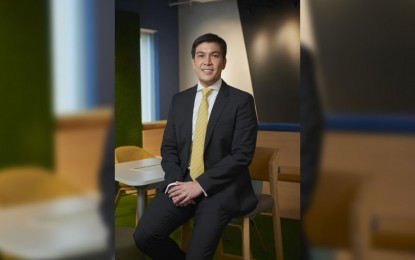
Michael Gerard Enriquez, SLAMCI Chief Investment Officer (Photo from SLAMCI)
MANILA – An executive of Sun Life Asset Management Company Inc. (SLAMCI) on Thursday projected a 25 basis points reduction in the Bangko Sentral ng Pilipinas’ (BSP) key policy rates in the first quarter of 2021 if the expected economic recovery needs further push.
To date, the central bank’s policy-making Monetary Board (MB) slashed the BSP’s key rates by 200 basis points to help buoy the economy, which has been in recession since the first quarter of the year because of the pandemic.
“Probably the BSP will continue (cutting rates). They would probably monitor inflation but if inflation continues to be benign they would also monitor the indicators of growth. If they see that growth continues to be lackluster, probably they can become a bit more aggressive in cutting policy rates next year,” Michael Gerard Enriquez, SLAMCI chief investment officer, said in a virtual briefing.
The BSP has been cutting rates given the benign inflation environment, with the average inflation in the first 11 months this year at 2.6 percent.
Monetary authorities forecast rate of price increases to remain within the government’s 2-4 percent target band until 2022.
The central bank has aggressively reduced its key rates and extended financial support to the national government twice this year, which analysts said are unprecedented, to help address the impact of the pandemic.
As of the first three quarters this year, growth, as measured by gross domestic product (GDP), stood at -10 percent.
Economic managers have revised their growth target, among others, for this year, with the latest assumption at -8.5 to -9.5 percent.
They, however, forecast a recovery of between 6.5 to 7.5 percent next year and 8-9 percent for 2022.
Enriquez forecasts a -8.8 percent GDP for the country this year and a recovery of between 4-5 percent next year.
He said the recovery leans primarily on when the government would be able to acquire coronavirus disease vaccines as well as the government’s infrastructure program. (PNA)
